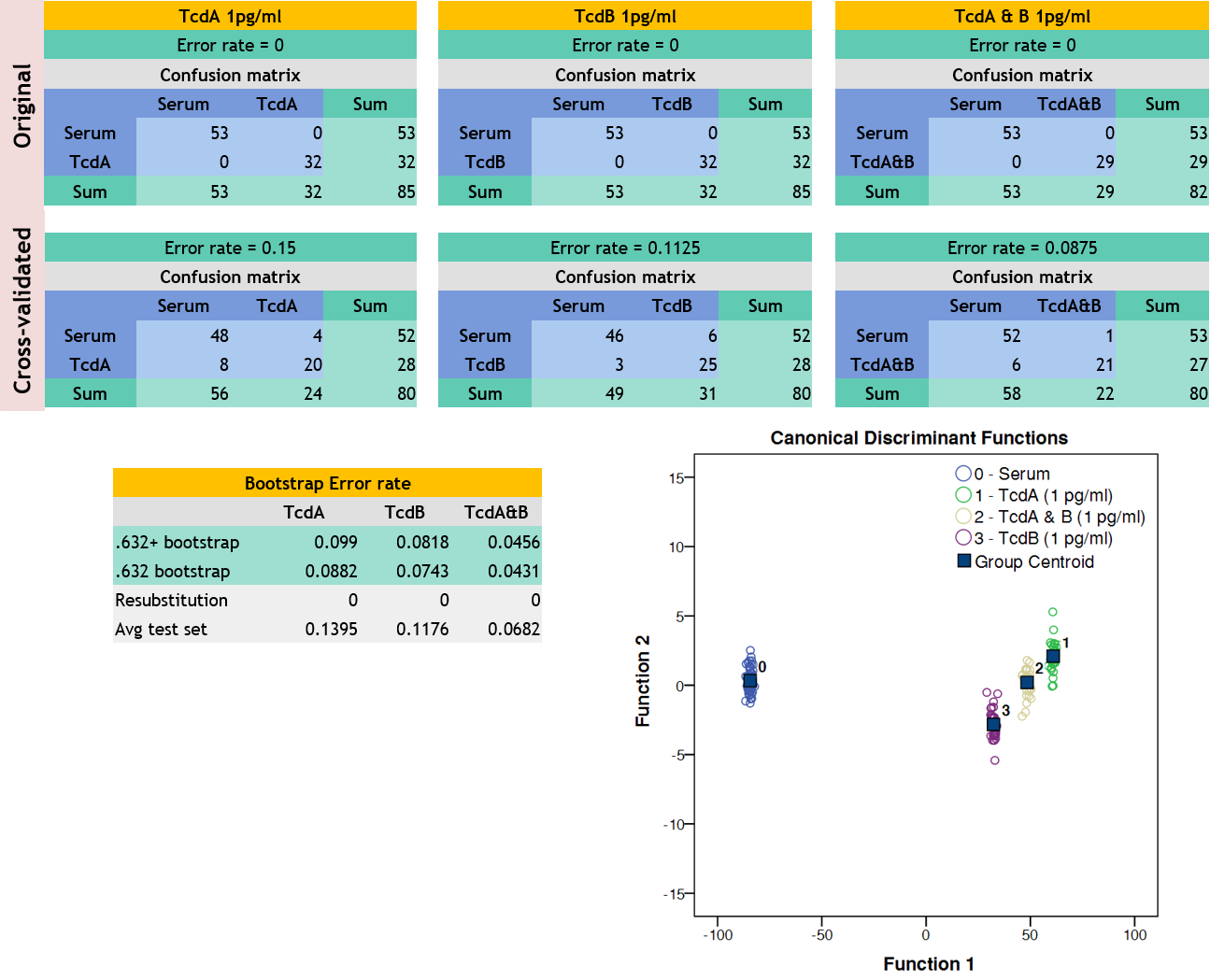I. Lawandy1, Y. Liu1, V. Pavlov1, L. Scrimgeour1, F. W. Sellke1, J. Feng1 1Brown University School Of Medicine,Cardiothoracic/Surgery,Providence, RI, USA
Introduction: Metabolic syndrome (MetS) is associated with alterations in coronary vascular smooth muscle and endothelial function. The current study examined the contractile response of the isolated coronary arterioles to serotonin in pigs with or without metabolic syndrome (MetS) and investigated the signaling pathways reponsible for serotonin-induced vasomotor tone.
Methods: The MetS pigs were developed by feeding with a hyper-caloric, fat/cholesterol diet and the control animals (Lean) fed with a regular diet for 12 weeks (Lean: n = 8; MetS : n = 6). The coronary arterioles (90-180 micrometers in diameter) were dissected from the harvested pig myocardial tissues and the in-vitro coronary arteriolar response to serotonin was measured in the presence of pharmacological inhibitors.
Results: Serotonin (10-9-10-5M) induced dose-dependent contractions of coronary resistant arterioles from both control (Lean) and MetS pigs. This effect was more pronounced in the MetS vessels as compared with that of controls (Lean) [53% of contraction (serotonin 10-6M) in MetS vessels vs. 26% of contraction in control, P<0.05]. Serotonin-induced contraction of the MetS vessels was significantly inhibited in the presence of the phospholipase A2 (PLA2) inhibitor quinacrine (10-6M, 53% vs. 24%), the cyclooxygenase (COX) inhibitor indomethacin (10-5M, 53% vs. 27%), the thromboxane-prostanoid (TP) receptor antagonist SQ29548 (10-6M, 53% vs.31%, P<0.05, respectively).
Conclusion: MetS is associated with increased contractile response of porcine coronary arterioles to serotonin via activation of PLA2, COX and subsequent TXA2, suggesting that alteration of vasomotor function may occur at early stage of MetS and obesity.








